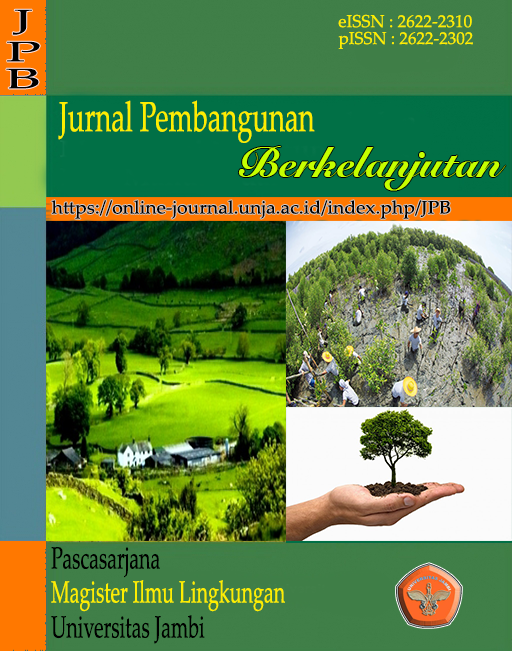The Assessment of Agricultural Processed Food Safety Systems Through The Application of GMP (Good Manufacture Practise) in SMEs (Small and Medium Mikro Businessses), Jambi City
Food Safety Systems
DOI:
https://doi.org/10.22437/jpb.v3i2.8922Keywords:
Assessment, Agricultural , Processed, FoodAbstract
The purpose of this study was to analyze the application of GMP, analyze the factors related to the application of GMP and analyze the most dominant factors those interacting with the GMP application in agricultural processed food SMEs in Jambi City. This research was a quantitative and observational approach with cross sectional design. Population and sample in this study were 23 Processed Agriculture SMEs in Jambi City. Data collection was using questionnaires and checklist. Univariate data analysis, bivariate analysis and multivariate analysis were using frequency distribution, rank spearman correlation and multiple regression. The results showed that the level of GMP implementation in the Processed Agriculture SMEs of Jambi City, were 12 SMEs (52.17%) at level 4 where ≥ 1 critical deviation, 6 SMEs (26.09%) at level 1 where 0 to 1 minor deviation and 0 to 2 major deviations. Factors related to the level of GMP application in the Processed Food Agriculture SMEs of Jambi City were income (Significant 0,013), number of workers (Significant 0,046), knowledge (Significant 0,002) and attitude (Significant 0,001). Attitude aspect is the dominant factor that interacts with the application of GMP in the Processed Food Agriculture SMEs of the City of Jambi with a positive coefficient value of 1.093.
Downloads
Downloads
Published
How to Cite
Issue
Section
License
Copyright (c) 2020 Jurnal Pembangunan Berkelanjutan

This work is licensed under a Creative Commons Attribution 4.0 International License.
1. Authors retain copyright and grant the journal right of first publication with the work simultaneously licensed under a Creative Commons Attribution 4.0 International License that allows others to share the work with an acknowledgement of the work's authorship and initial publication in this journal.
2. Authors are able to enter into separate, additional contractual arrangements for the non-exclusive distribution of the journal's published version of the work (e.g., post it to an institutional repository or publish it in a book), with an acknowledgement of its initial publication in this journal.
3. Authors are permitted and encouraged to post their work online (e.g., in institutional repositories or on their website) prior to and during the submission process, as it can lead to productive exchanges, as well as earlier and greater citation of published work (The Effect of Open Access)











